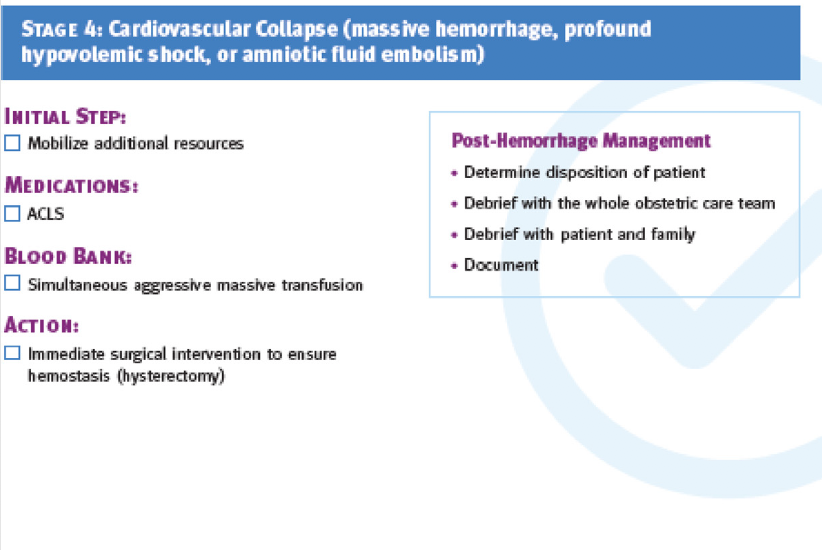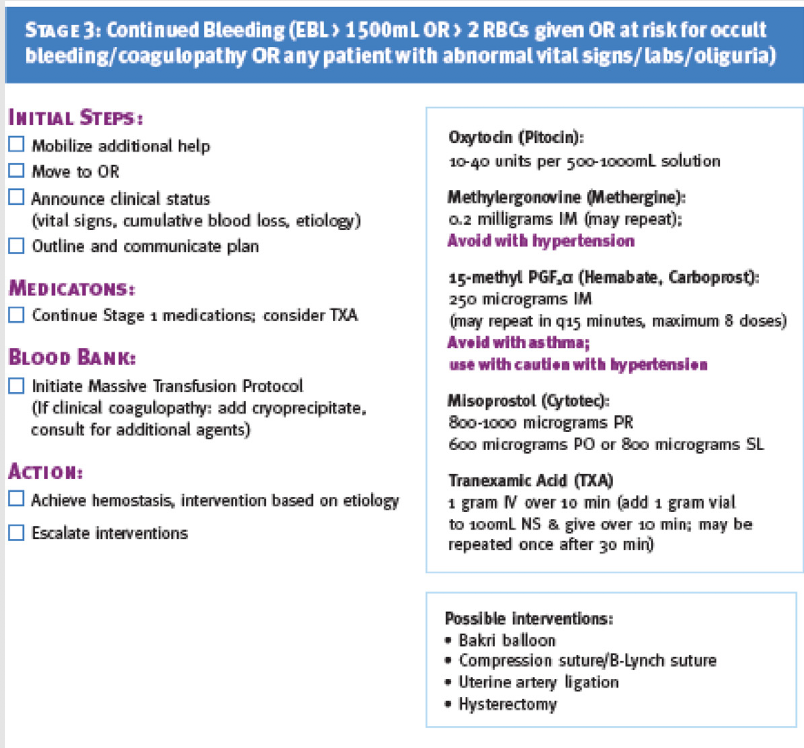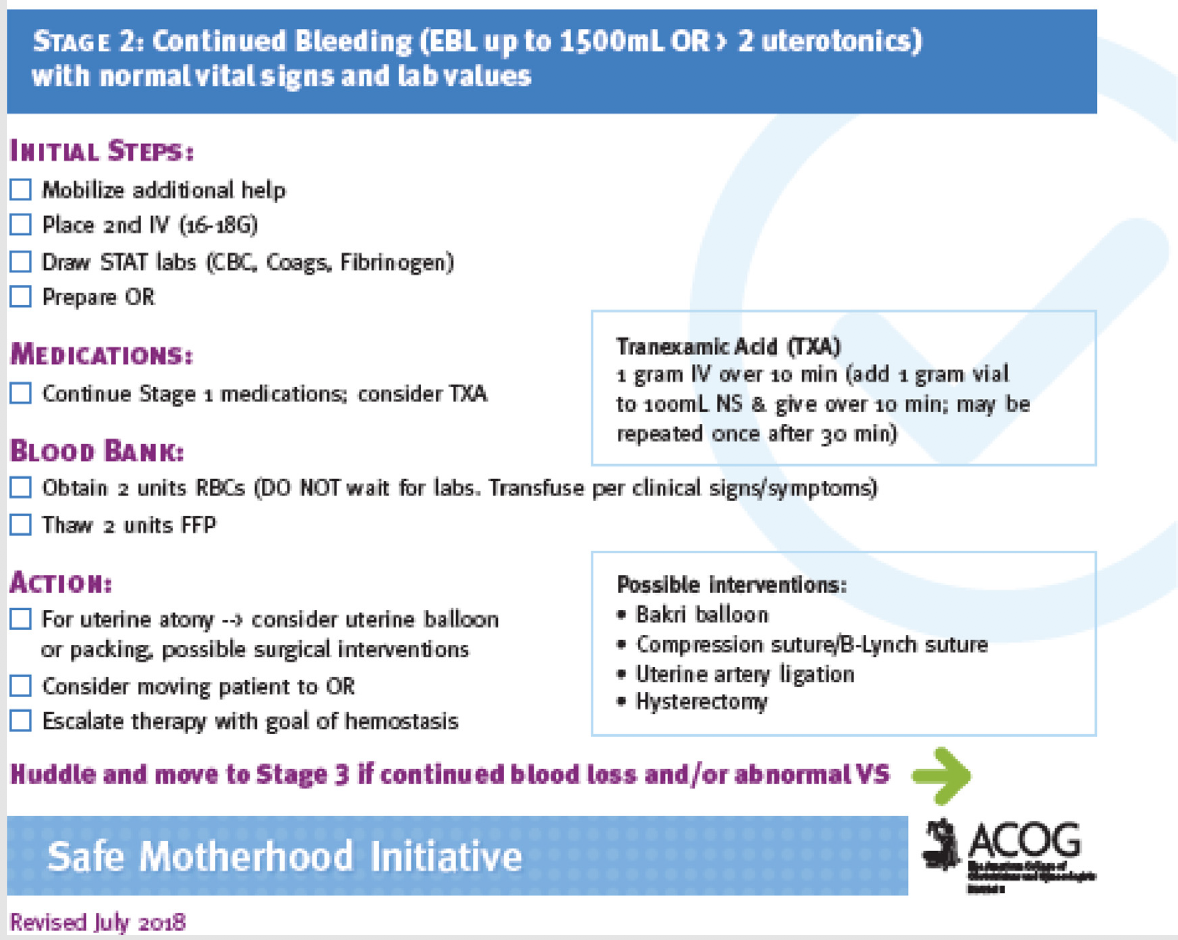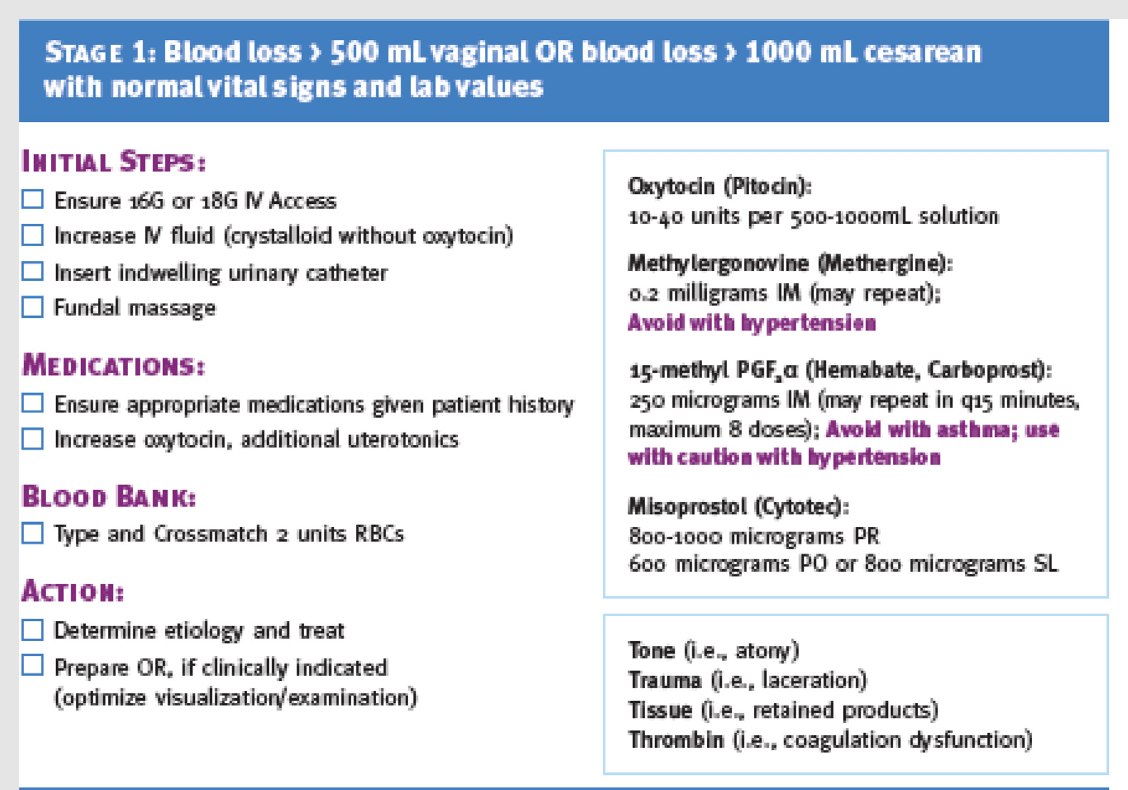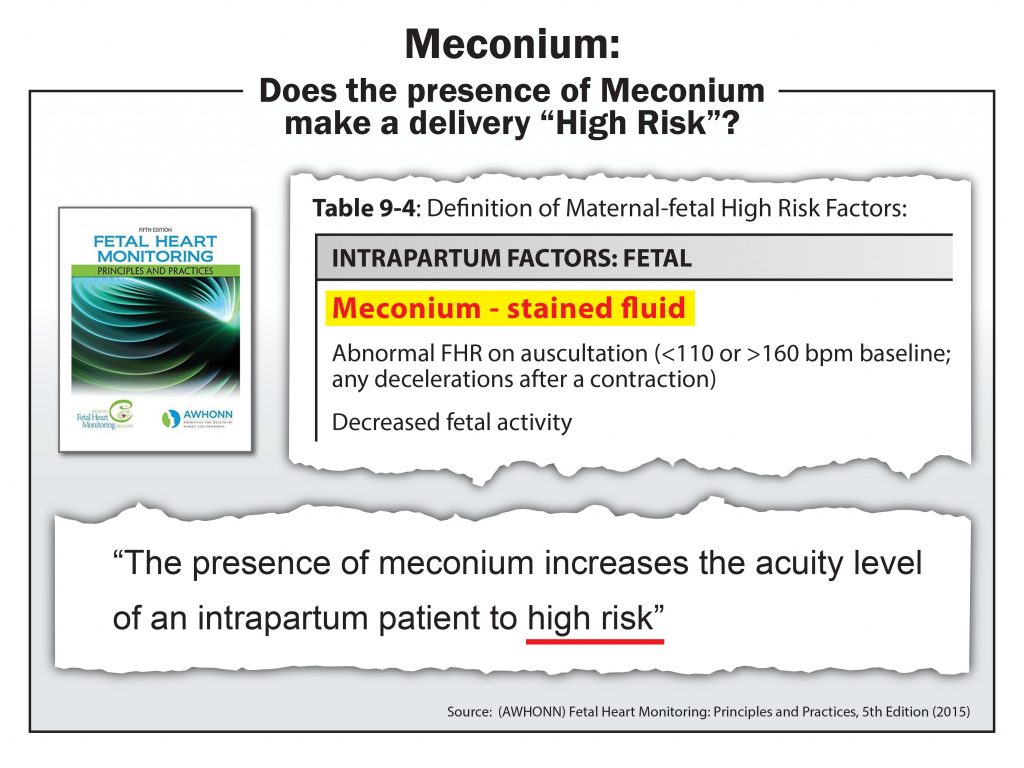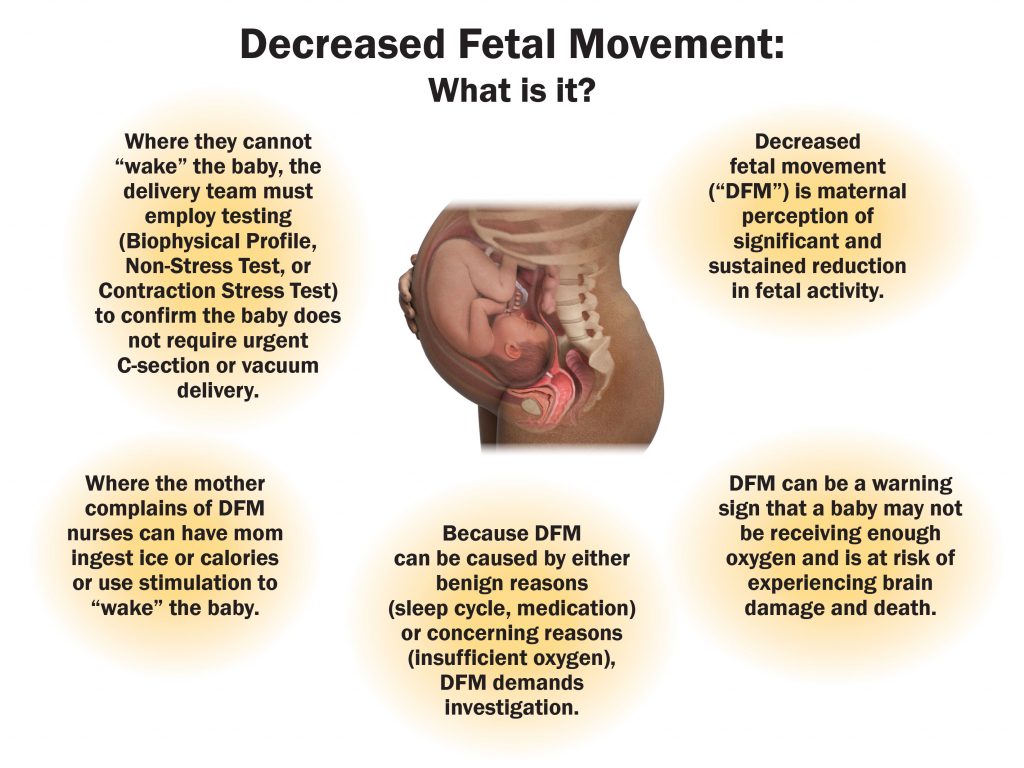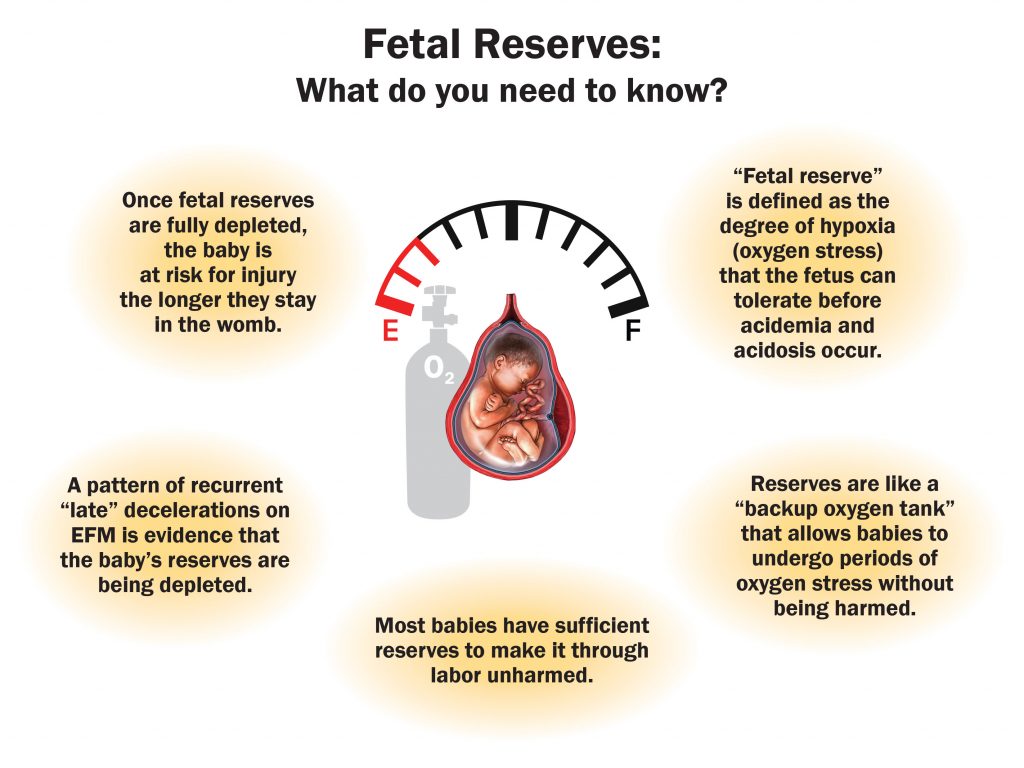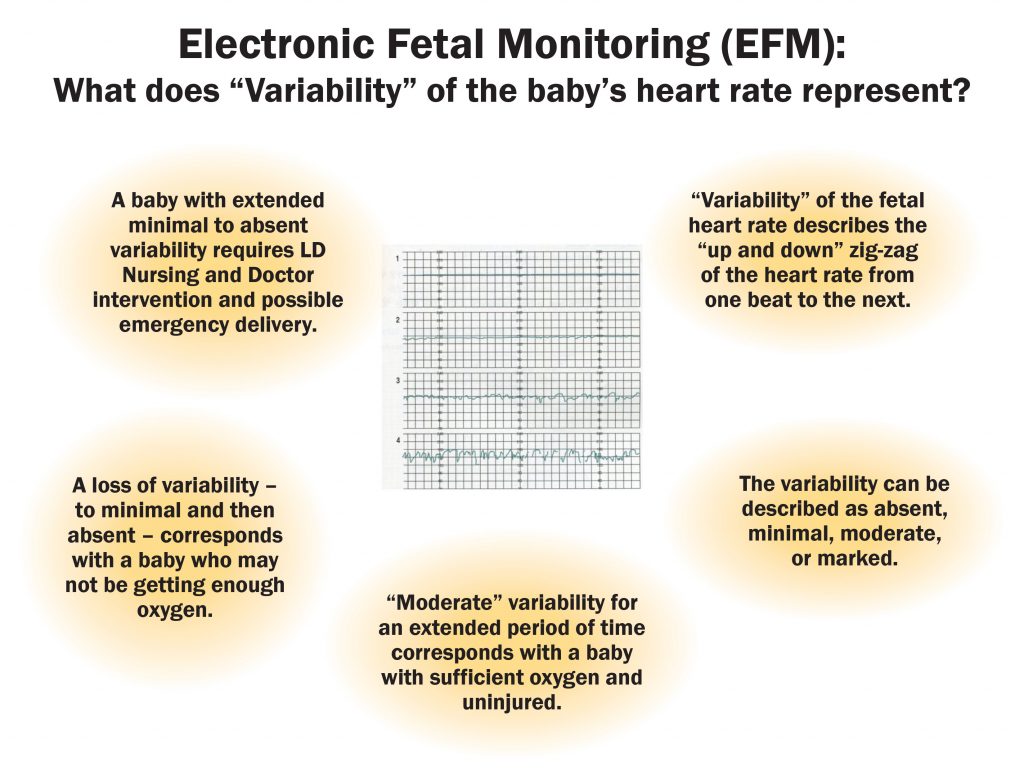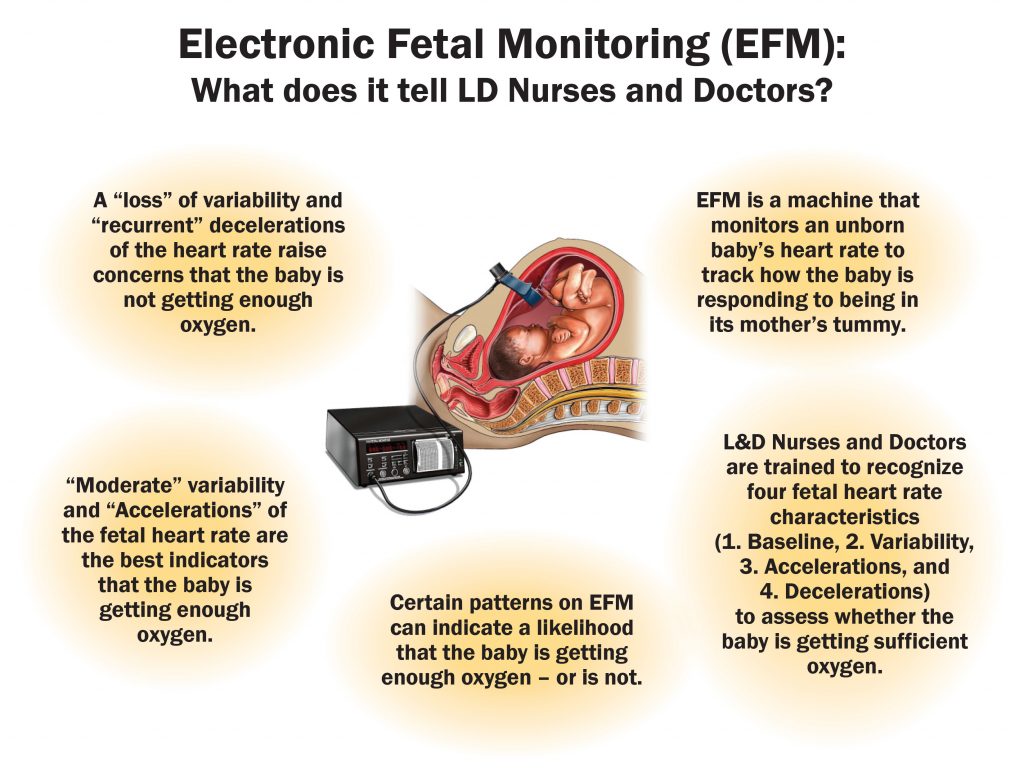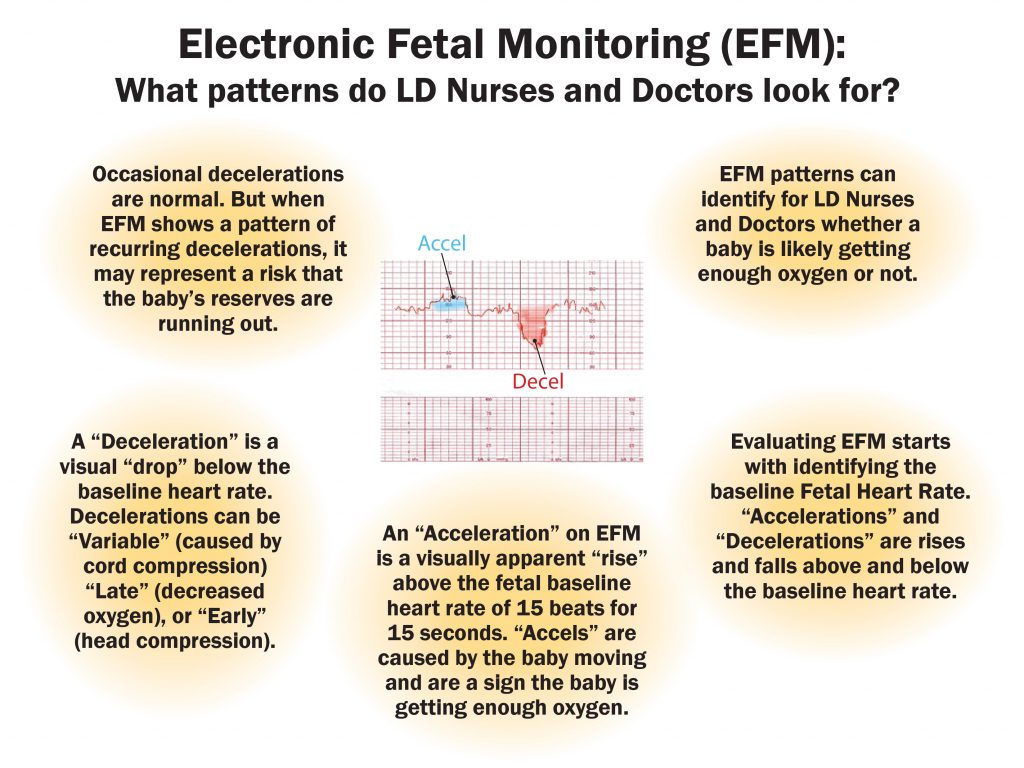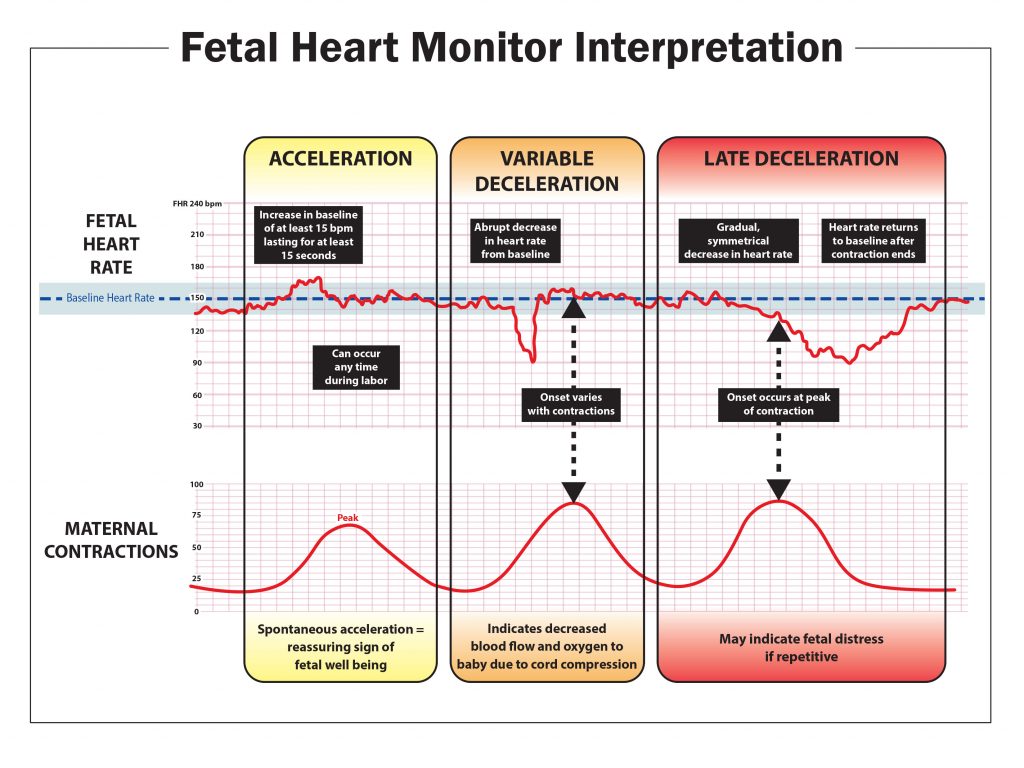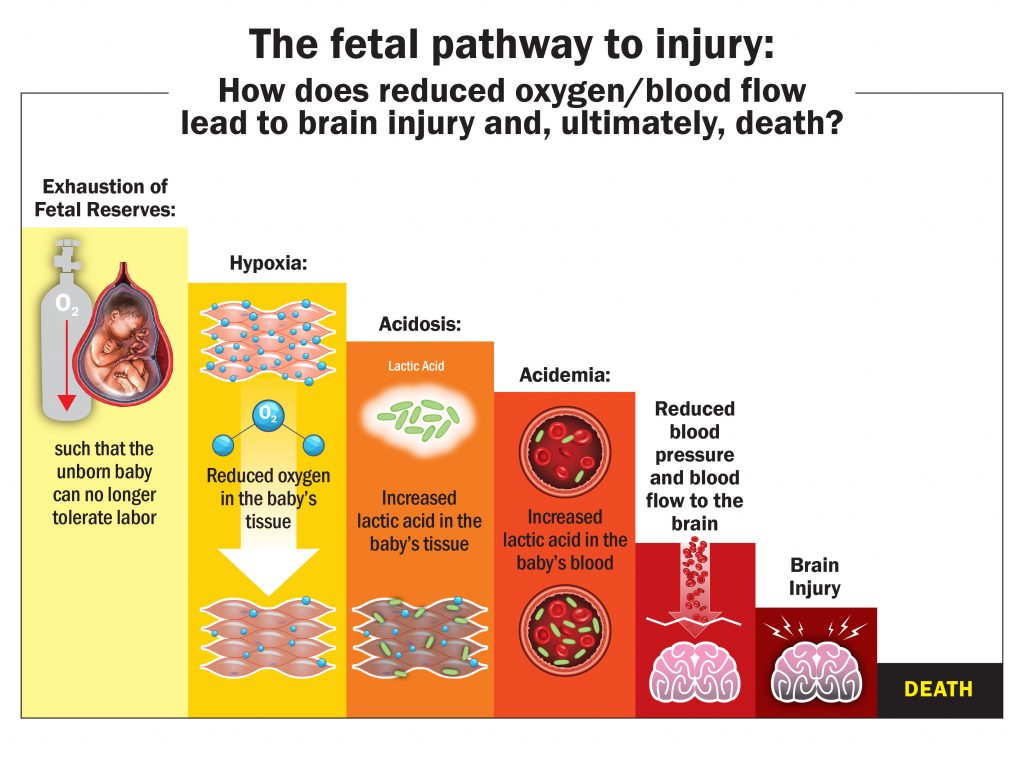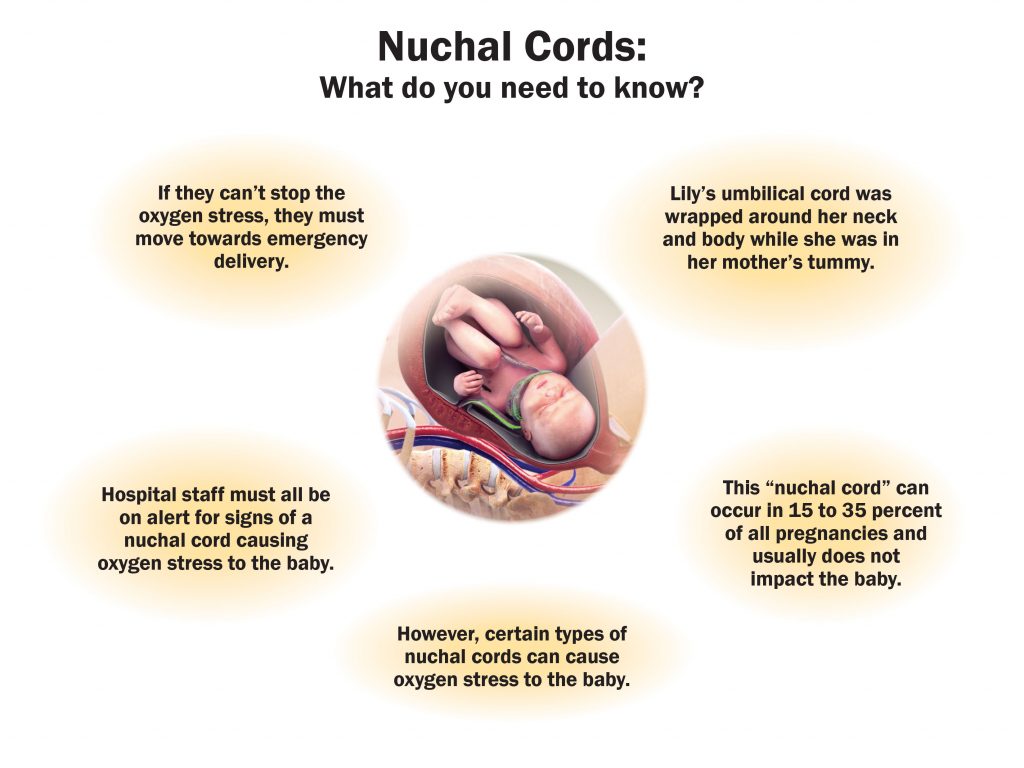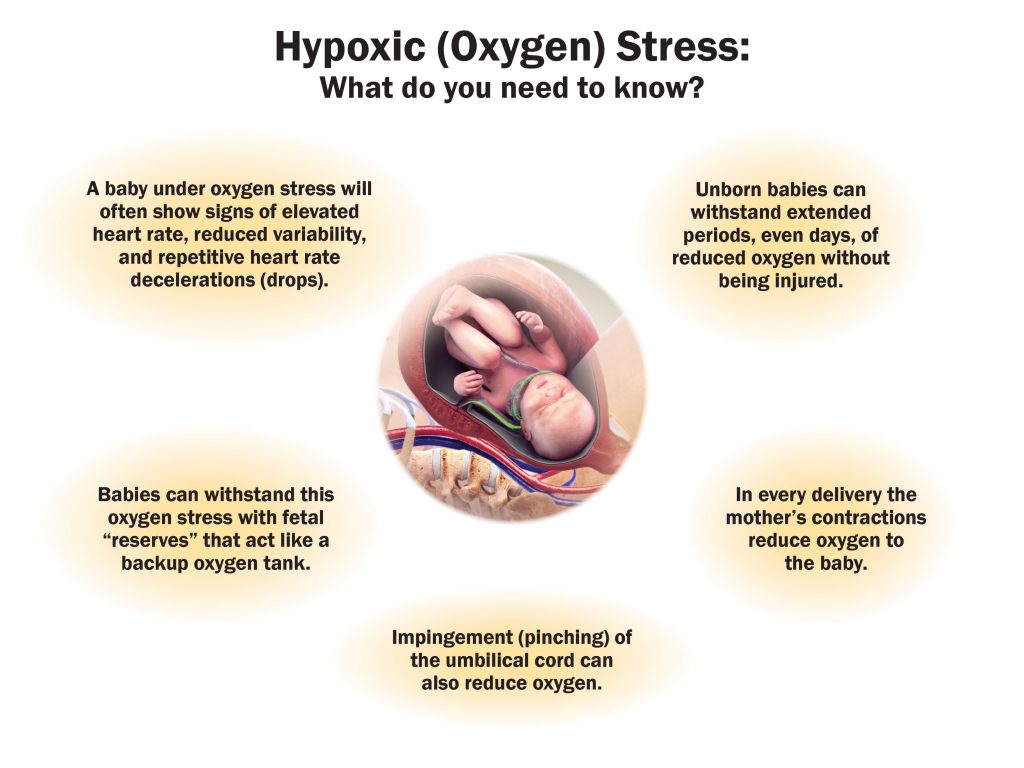After discussing in more detail the potential causes and symptoms of reflex sympathetic dystrophy (RSD), here, we turn to the treatment and diagnosis of the condition.
At present, no single diagnostic test for RSD exists. Physicians will often refer to contextual clues such as the patient’s medical history and common signs and symptoms. According to the Mayo Clinic, however, physicians consider certain procedures to be particularly helpful in seeking clues to diagnose RSD.
- Bone scans: Bone scans will help to detect bone changes that are typical in RSD patients.
- Sympathetic nervous system tests: Sympathetic nervous system tests detect disturbances in the sympathetic nervous system, such as abnormal skin temperature and blood flow in both the affected and unaffected limbs.
- X-rays: Later stages of RSD cause loss of minerals in the bones, which can show up in x-rays.
- Magnetic resonance imaging (MRI): Tissue changes caused by RSD can be detected through MRIs.
Once a diagnosis has been made, it is crucial to treat the condition early on so that it does not develop into the later stages. The prognosis for RSD varies, but as the Mayo Clinic notes, “improvement and even remission” may occur if treatment begins soon after the first symptoms occur. For those who continue to experience chronic pain over the years, pain management and therapy options are also available.
According to the National Institute of Neurological Disorders and Stroke (NINDS), nonsurgical treatments include rehabilitation therapy, psychotherapy, and medication.
Rehabilitation therapy involves exercise to improve blood flow and lessen circulatory symptoms in the affected limb. It also works to prevent the stiffness typical to RSD. Additionally, rehabilitation therapy provides psychological aid by helping to prevent secondary brain changes associated with chronic pain.
Psychotherapy is often necessary for cases of RSD because the condition is “associated with profound psychological symptoms for affected individuals and their families.” RSD can cause depression, anxiety, or post-traumatic stress disorder (PTSD), which can in turn make the severity of the pain seem greater and hinder rehabilitative efforts.
Medications prescribed for RSD will vary, as they deal with both the symptoms of RSD, like the sensation of burning pain associated with the condition, as well as RSD’s causes, which lie in the nervous system. Thus, medications can range from over-the-counter pain relievers like ibuprofen, to antidepressants that treat pain originating from damaged nerves, to sympathetic nerve-blocking medications that block pain fibers altogether.
Surgical options for RSD also exist, although there are not many; the American Academy of Orthopaedic Surgeons notes that “results from surgical procedures may be disappointing.” Two major surgical treatments exist to reduce symptoms:
- Spinal cord stimulator: Electrodes are implanted along the patient’s spine to deliver mild electric impulses to the nerves.
- Pain pump implantation: Physicians will implant near the abdomen a small device that delivers pain medication to the spinal cord.
NINDS also notes that further treatment for CRPS is in development. As time passes and we learn more about the causes of CRPS and RSD, treatment will become more effective, and coping with the condition will become more manageable.
Tyrone Law firm specializes in representing those who have suffered from devastating injuries like RSD resulting from accidents or injuries caused by the negligence of another. Last year, Nelson Tyrone obtained the largest medical malpractice verdict in the history of Gwinnett County. If you believe Tyrone Law Firm can help you if you or someone you love suffers from RSD as the result of another’s negligence, call the firm to see what it can do for you.
Additional Resources
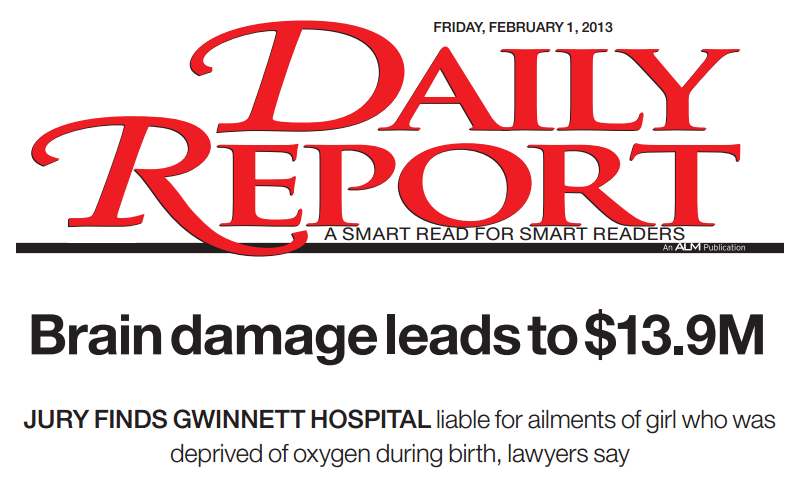



 Hayley serves as a Labor and Delivery Nurse Consultant for the Tyrone Law Firm. She attended and graduated Cum Laude from the University of Georgia in 2004 with a Bachelor of Arts degree in Journalism/Public Relations. After graduation she moved to the gulf coast where she pursued a career in real estate and development.
Hayley serves as a Labor and Delivery Nurse Consultant for the Tyrone Law Firm. She attended and graduated Cum Laude from the University of Georgia in 2004 with a Bachelor of Arts degree in Journalism/Public Relations. After graduation she moved to the gulf coast where she pursued a career in real estate and development.
